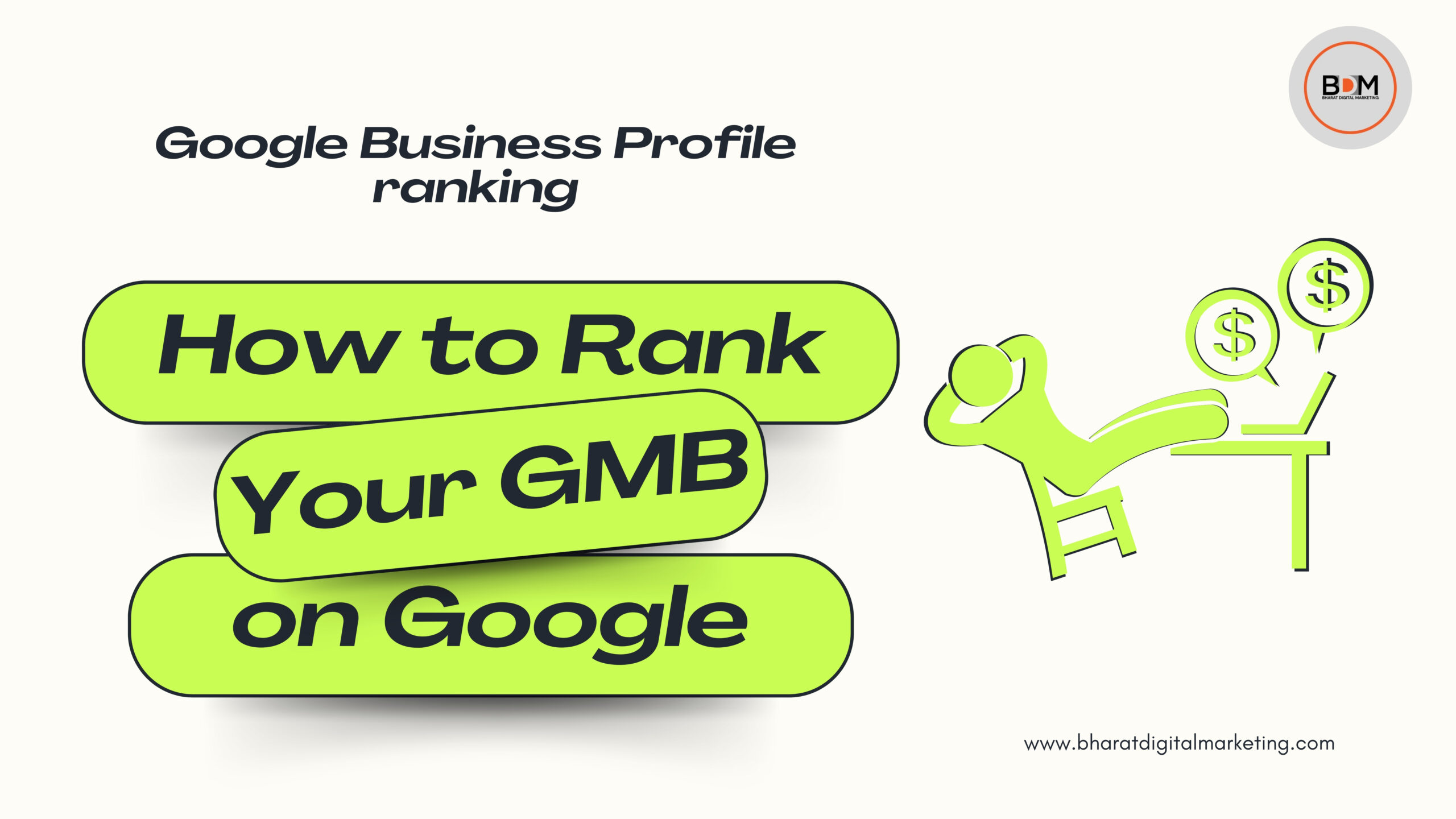In today’s world, speed is everything, especially when it comes to websites. If your website takes too long to load, visitors will quickly lose patience and move on to another site. One of the main causes of slow loading times is render-blocking resources. These resources can be anything from large images to external scripts that the browser needs to load before it can render the page.
In this blog post, we will discuss the top 10 tricks to eliminate render-blocking resources and improve your website’s loading time.
- Minimize HTTP requests: The more requests your website has to make, the slower it will load. Reduce the number of HTTP requests by combining multiple files into a single file.
- Use asynchronous loading: Asynchronous loading allows the browser to load resources in the background, without blocking the rendering of the page. This can be achieved by using the async or defer attributes on your script tags.
- Use inline CSS: By using inline CSS, you can eliminate the need for an external stylesheet, which can be a render-blocking resource. However, be careful not to use too much inline CSS, as it can make your code less maintainable.
- Optimize images: Large images can be a major source of render-blocking resources. Optimize your images by compressing them and reducing their file size.
- Minify your code: Minifying your code involves removing unnecessary whitespace and comments, which can significantly reduce file size and loading time.
- Use a content delivery network (CDN): A CDN can help reduce render-blocking resources by serving files from a server closer to the user, reducing the time it takes for the browser to retrieve them.
- Use lazy loading: Lazy loading is a technique that allows images and other resources to be loaded only when they are needed, rather than all at once. This can significantly reduce the amount of render-blocking resources on your page.
- Use browser caching: By caching resources on the user’s browser, you can reduce the number of requests the browser needs to make, resulting in faster loading times.
- Prioritize critical resources: Identify the resources that are critical to the initial rendering of the page, and make sure they are loaded first.
- Use a performance optimization tool: There are many tools available that can help identify and eliminate render-blocking resources on your website. Use these tools to analyze your website’s performance and identify areas for improvement.
By following these tricks, you can significantly improve your website’s loading time and provide a better user experience. At Bharat Digital Marketing, we specialize in website optimization and can help you implement these techniques to improve your website’s performance. Contact us today to learn more!





